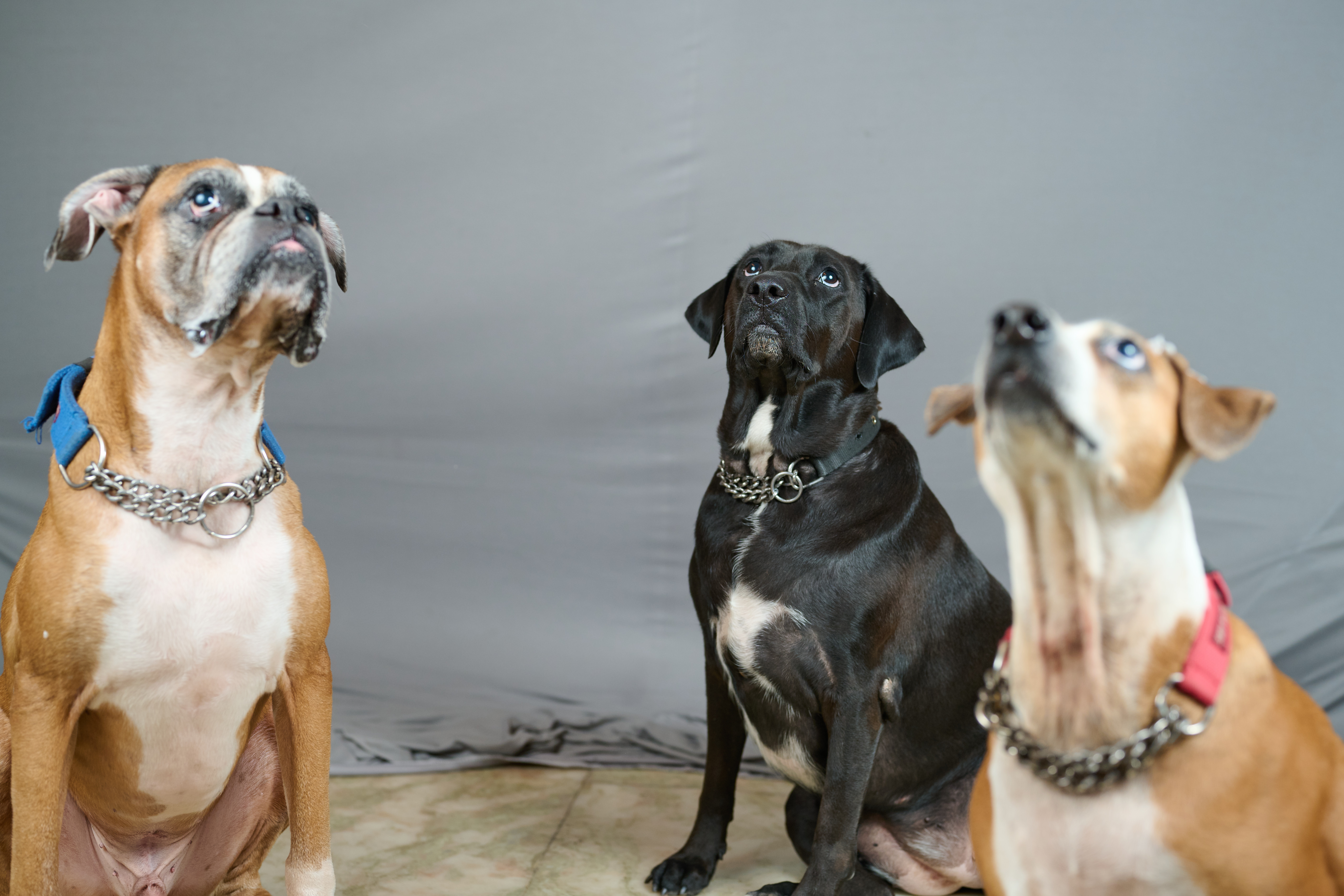Behavioural Indicators
Animals may not show clear signs of discomfort or illness, so veterinarians perform comprehensive examinations to catch potential health issues that might not be immediately visible.
Diagnostic Procedures
Techniques like blood tests, imaging (like X-rays or ultrasounds), and other diagnostics can feel invasive but are necessary to gather detailed information about an animal's health.
Anesthesia Risks
Some procedures require anesthesia, which can be a concern. However, veterinarians strive to minimise risk while providing necessary care, especially with temperature for the animal. For example, a dog’s normal temperature should be around 102° F.
Preventive Care
Regular check-ups and vaccinations are crucial for preventing disease. Even healthy animals can carry hidden issues that could develop into serious problems if not identified early.
Ethical Responsibility
Veterinarians have an ethical obligation to ensure the welfare of the animal, which sometimes involves invasive procedures to rule out potential health issues.
While it can feel intrusive, these practices are designed to protect and promote the long-term health of animals.
What Kind of Invasive Procedures Are Carried Out on Animals for Better Healthcare
In animal healthcare, several invasive procedures may be performed to diagnose or treat health issues. Here are some common examples:
- Surgery: Procedures like spaying, neutering, or removing tumours are invasive but often necessary for health and population control.
- Biopsies: Taking tissue samples from organs or masses to test diseases such as cancer can be invasive but provides critical information.
- Endoscopy: Using a camera to look inside the digestive tract or respiratory system involves inserting a scope, which can help diagnose issues without larger surgeries.
- Radiographic Imaging: While X-rays and ultrasounds are generally non-invasive, some procedures require sedation or anesthesia for accurate imaging.
- Intravenous Catheterisation: Inserting a catheter into a vein for fluid administration or medication delivery is often necessary for treatment but involves a degree of invasiveness.
- Dental Procedures: Cleaning and extracting teeth can require anesthesia and significant handling of the animal's mouth.
- Laparoscopy: A minimally invasive surgery using small incisions and a camera to perform procedures like biopsies or organ inspections.
- Blood Sampling: Drawing blood for testing may seem routine but is still an invasive procedure requiring proper technique to minimise discomfort.
While these procedures are invasive, they are often essential for accurate diagnosis and effective treatment, ultimately contributing to better overall health for the animal.
Temperature, SpO2 is Also Invasive
Measuring temperature and SpO2 (blood oxygen saturation) levels is generally considered non-invasive. However, there are some contexts in which these measurements can feel invasive or require more involved procedures:
Temperature Measurement
- Rectal Thermometers: This method provides the most accurate readings but can be uncomfortable for the animal, making it seem invasive.
- Ear or Infrared Thermometers: These methods are less invasive and quicker but may not be as reliable in all cases.
SpO2 Monitoring
- Pulse Oximetry: Using a clip or probe on a toe, ear, or tail to measure oxygen saturation is typically non-invasive. However, if an animal is very agitated or if the probe needs to be placed under anesthesia for better accuracy, it can feel more invasive.
While these procedures may involve some handling or restraint, they're essential for monitoring an animal's health. In veterinary medicine, the goal is to balance the need for accurate data with the comfort of the animal.

